
This is a very normal expression for me after completing a transatlantic crossing.
In fact, I usually stay like this for a further three days until the memory of the journey finally works it’s way through my subconscious and I can get back on with my life again.

The 50 year old plane with old fashioned CRT TV’s placed at strategically uncomfortable viewing angles, the cramped conditions, the never ending servings of food groups that have no right to be served at 32,000 feet,
Chicago-style deep pan pizza!

…Really?
The whole flying experience leaves a lot to be desired…everything in fact.

To relieve the monotony a welcome leg-stretching venture with my son to the aircraft’s ‘restroom’ was met, as if on cue with the “bing” of the “fasten your seat belts” sign and just enough turbulence to ensure that a wild urine dodging line-dance was randomly choreographed to the little known Johnny Cash tune “Just keep it aimed down there son, just keep it aimed down there”.

It was a ridiculous jostling performance in the already confined space but one I thought worthy of a place on ‘Britain’s Got Talent’ for limiting collateral damage.

The psychological distress of the journey to Scotland apparently appears to be hereditary.

Hours later and we arrived in Manchester airport and quickly headed north in our taxi.


We flew past countless wind turbines looming over the hillsides with an eerie “War of the Worlds” stature.
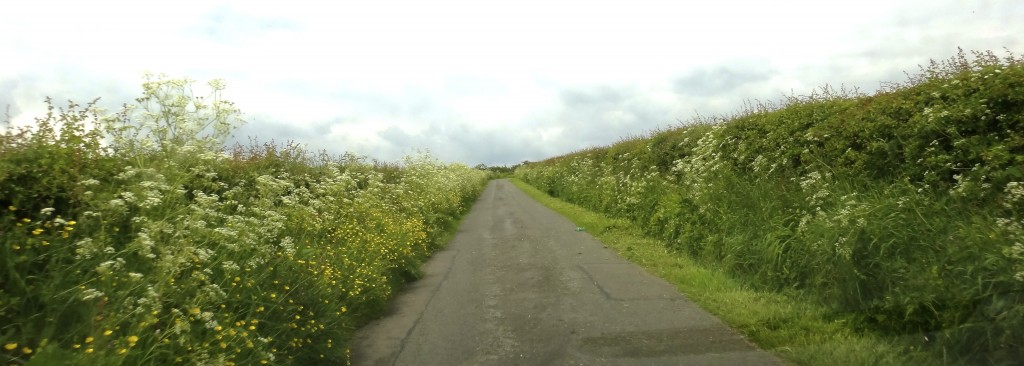
The closer we got to our destination the smaller the roads and higher the hedgerows became.
We rounded a corner and were relieved to have finally arrived at our holiday cottage in Powfoot on the Solway Firth in SW Scotland.
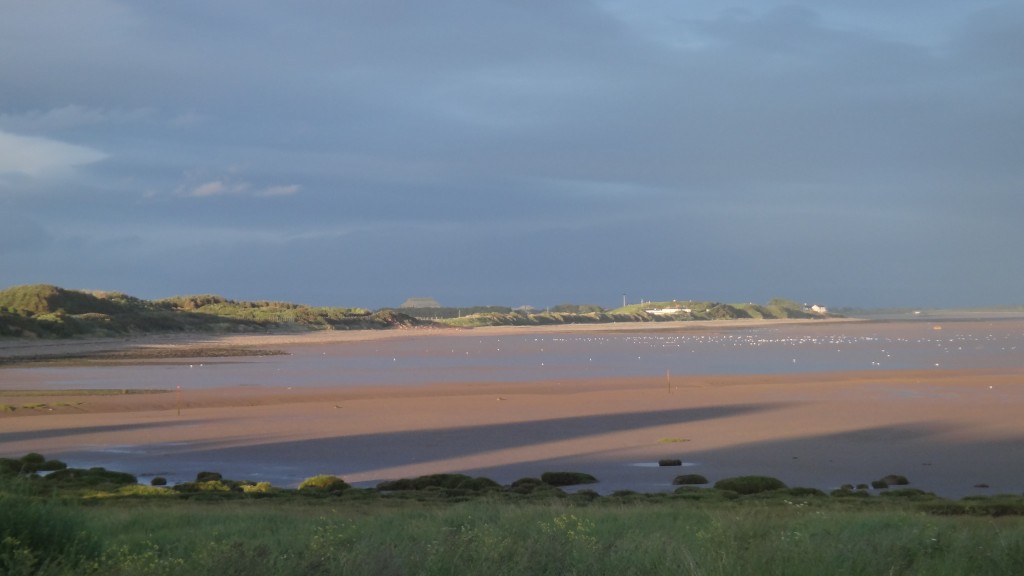
This was the remarkable view looking out from our front window.
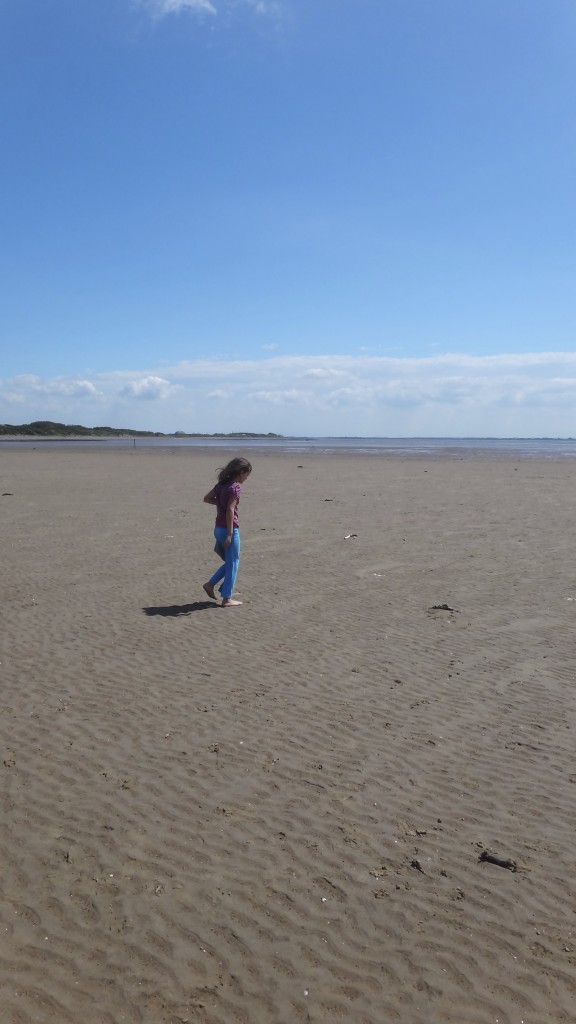
She wasted no time with her collection habits now in overdrive.
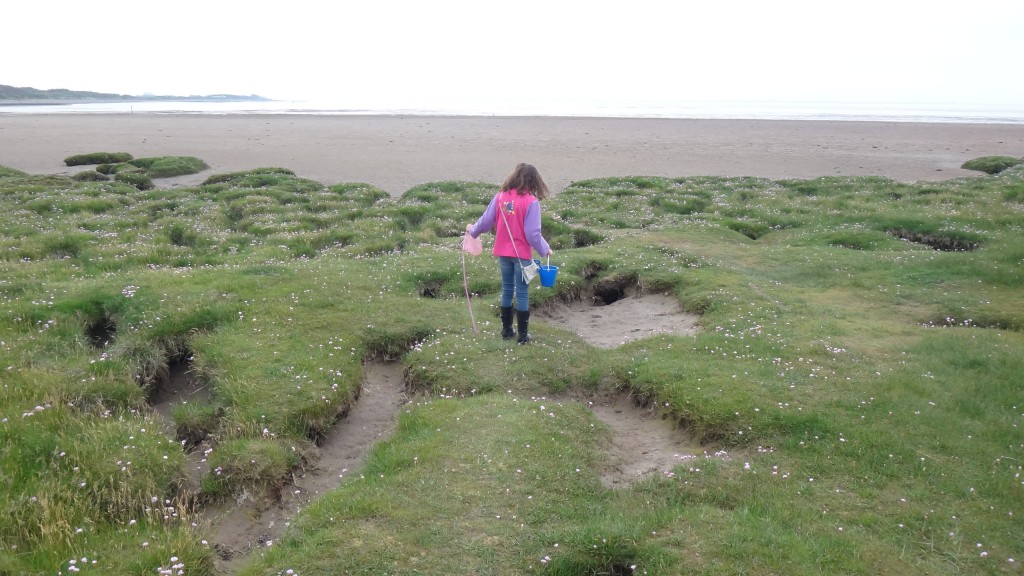
A few shells here, some weathered glass there, she had an impressive collection labeled and segregated in no time at all.
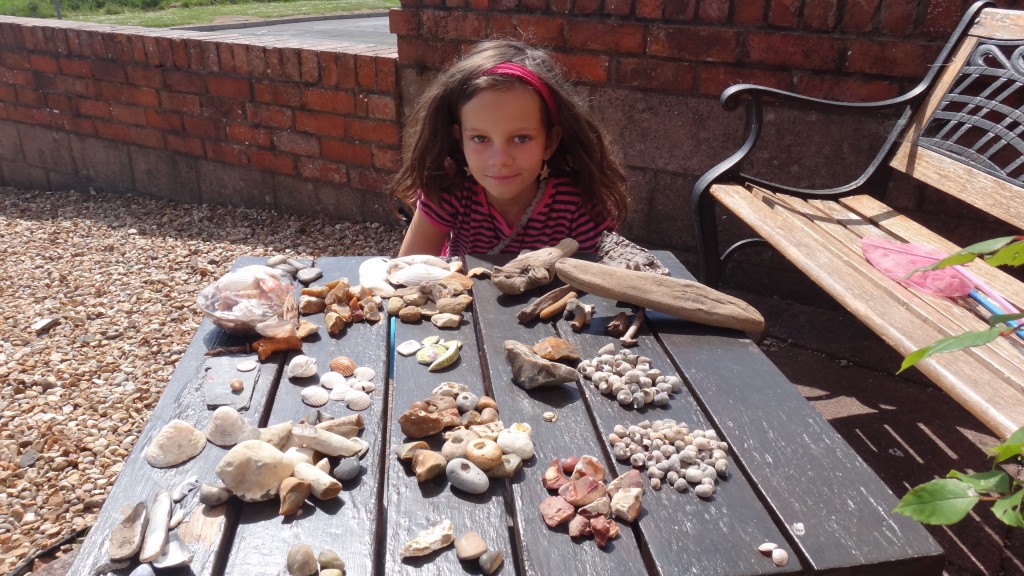
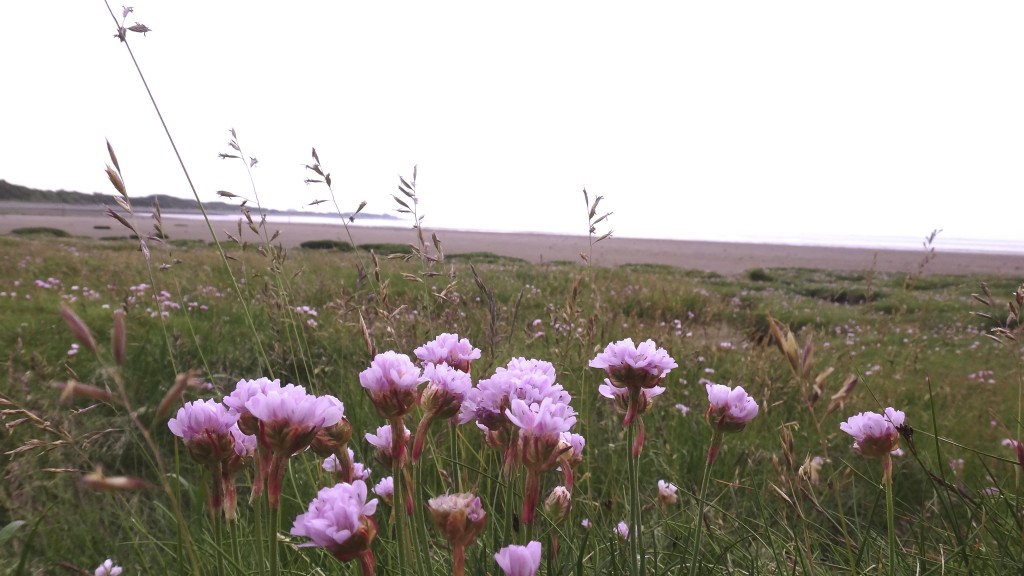
The salt marsh coastline was blanketed in the blooms of sea thrift which is one of Britain’s most prolific coastal plants. Thrift belongs to the sea-lavender family (Plumbaginaceae) and it is quite talented at surviving very harsh and salty conditions.
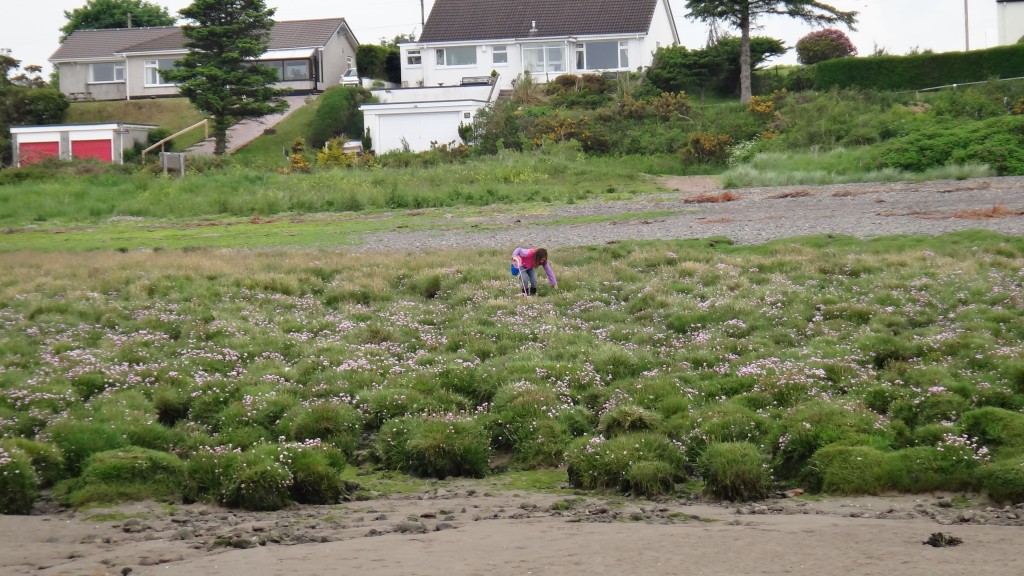
Salt marsh is found where the sea floods low lying land. The land is drained by channels eroded in the mud and flushed by the tidal waters. At this stage the saltmarsh can be used as pasture and in the Solway it is known as a merse. Many of the flowers found on the merse have leaf adaptations which help to reduce the loss of fresh water by evaporation. This carpet of grassy merse attracts geese and swans as well as other wildfowl over the winter months.
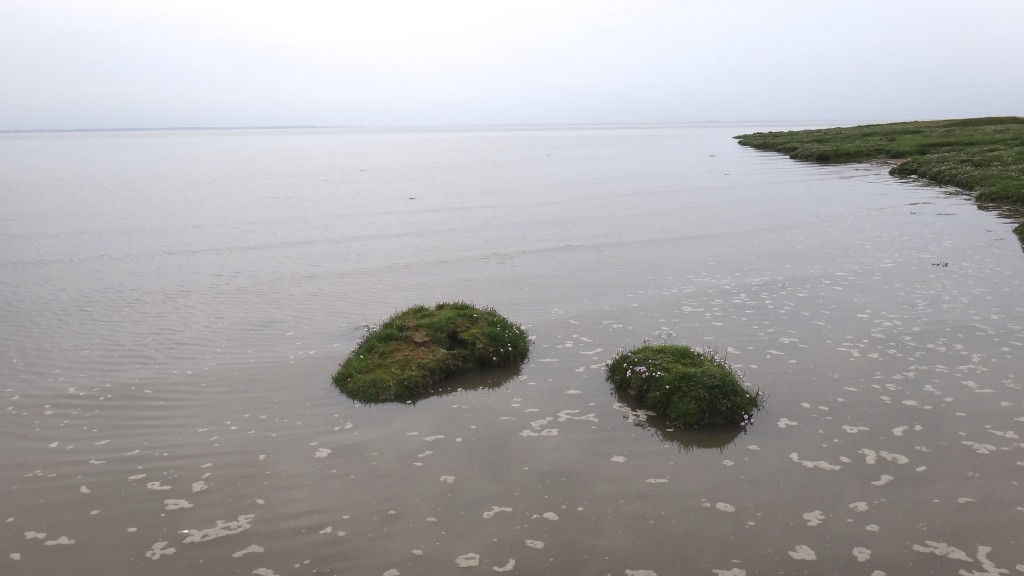
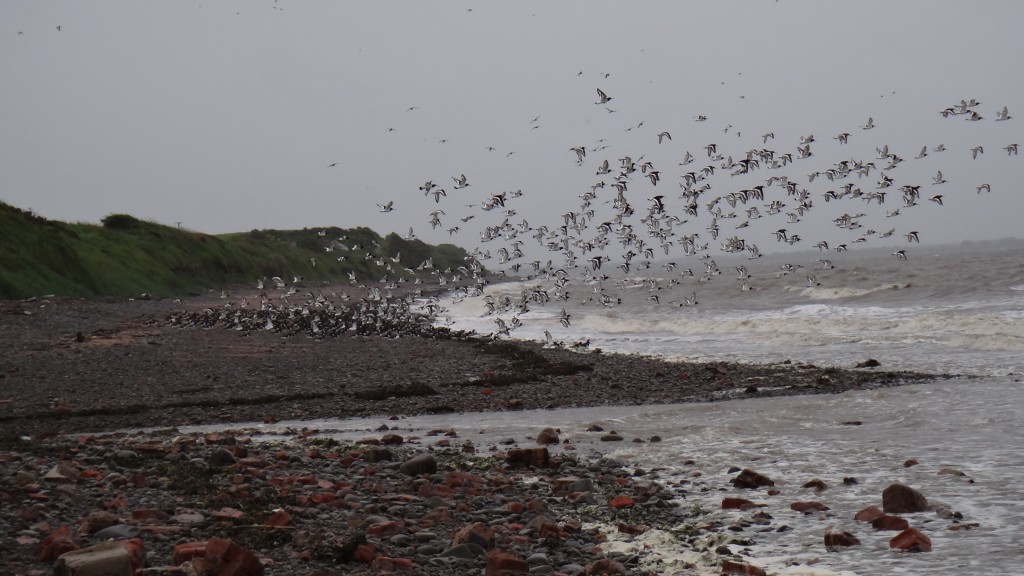
The Solway coast is also one of the most important places for migrating waterfowl on the eastern Atlantic seaboard. On a rather brisk (to say the least) walk up the coastline I disturbed this large flock of oystercatchers,
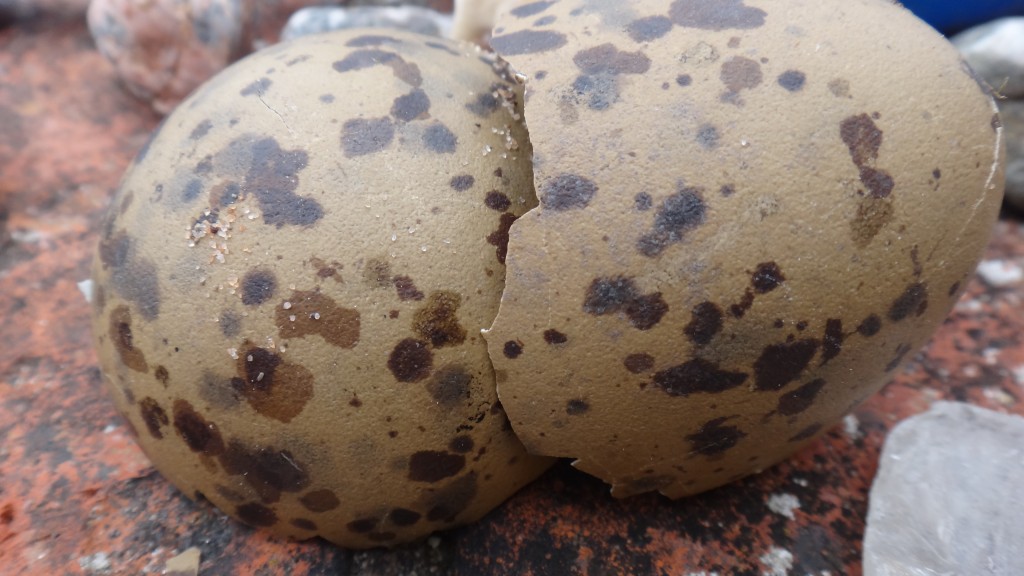
and found some of their eggs on the shoreline, naturally these went into the “collection”.
I found another ‘oyster’ on the side of a local tree,
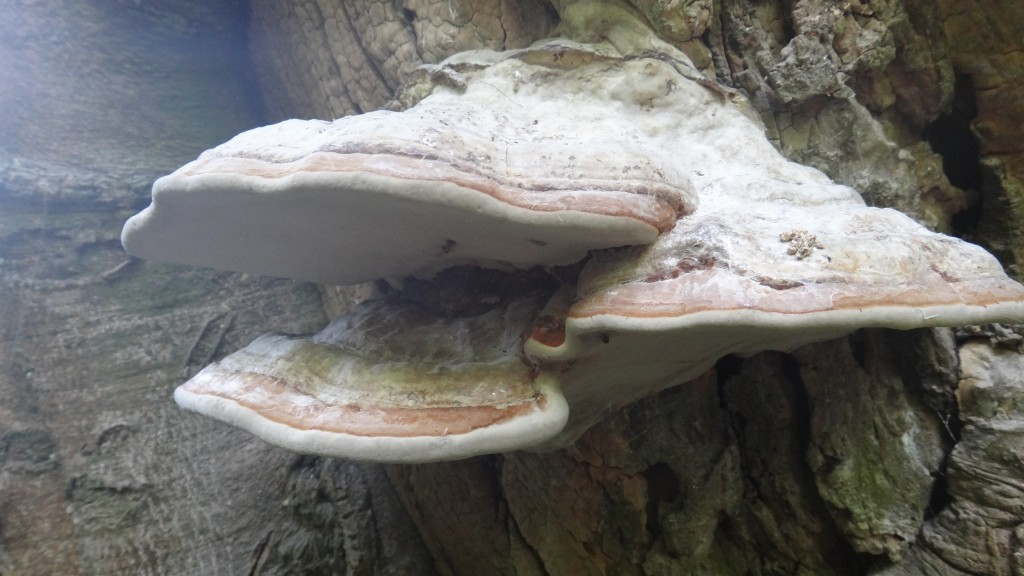
this time in the form of an oyster mushroom,
Pleurotus ostreatus
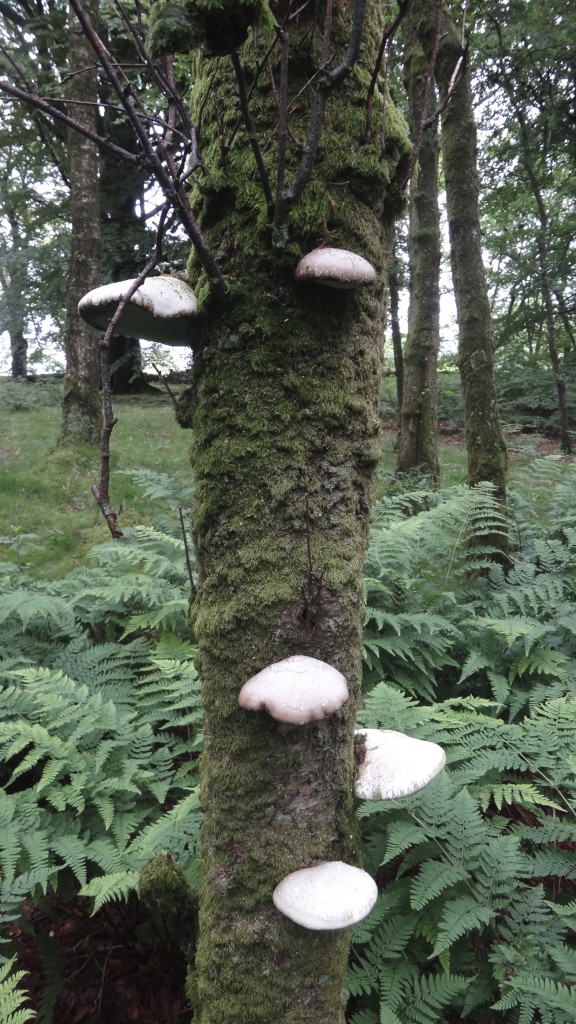
I also came across this Birch Polypore,
Piptoporus betulinus
also known as Razor-strop fungus as the velvety surface of the fungus was traditionally used as a strop for finishing the finest of edges on cut-throat razors.

Moving Along:
Further inland I took my children deep into the forests where I spent the best part of my childhood.
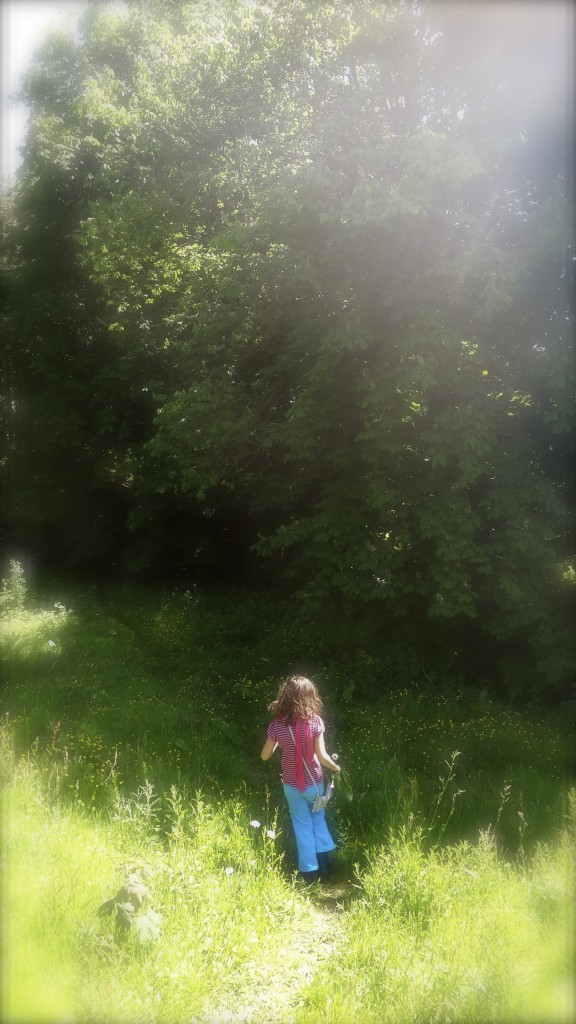
some of the trails were still worn,
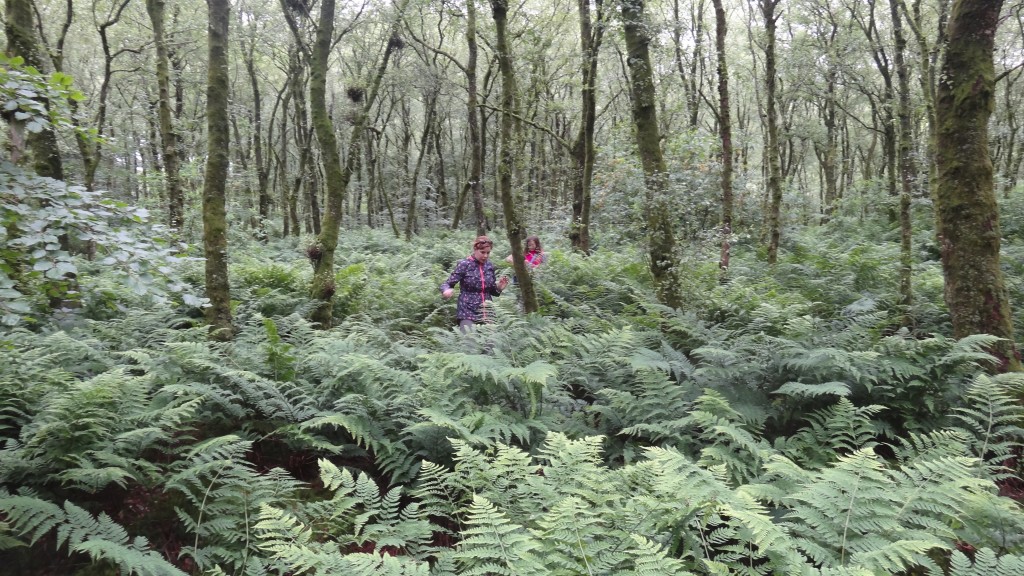
though most had been reclaimed by the passage of time and lots and lots of ferns and foliage.
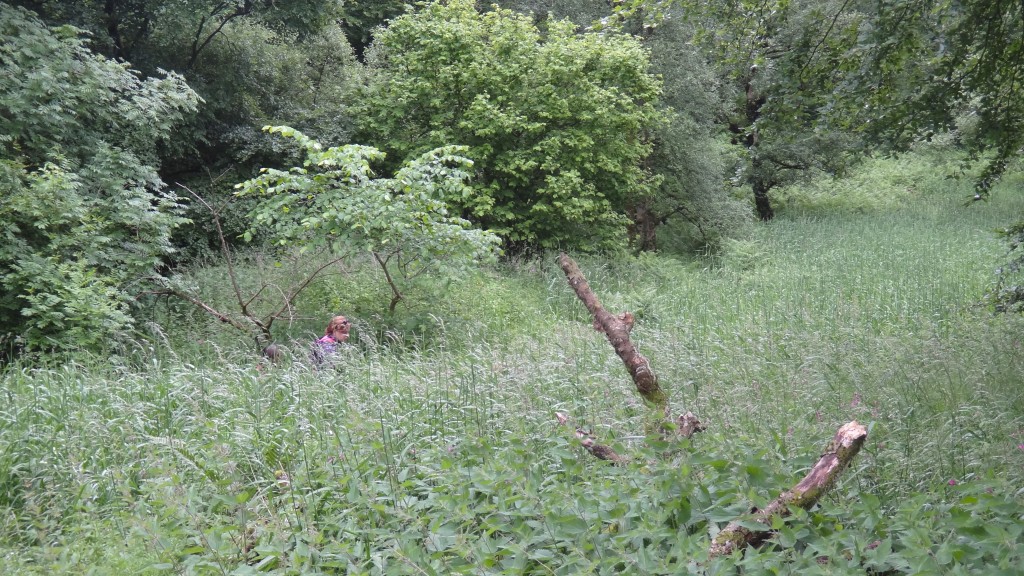
We could have easily lost the little folk in here.
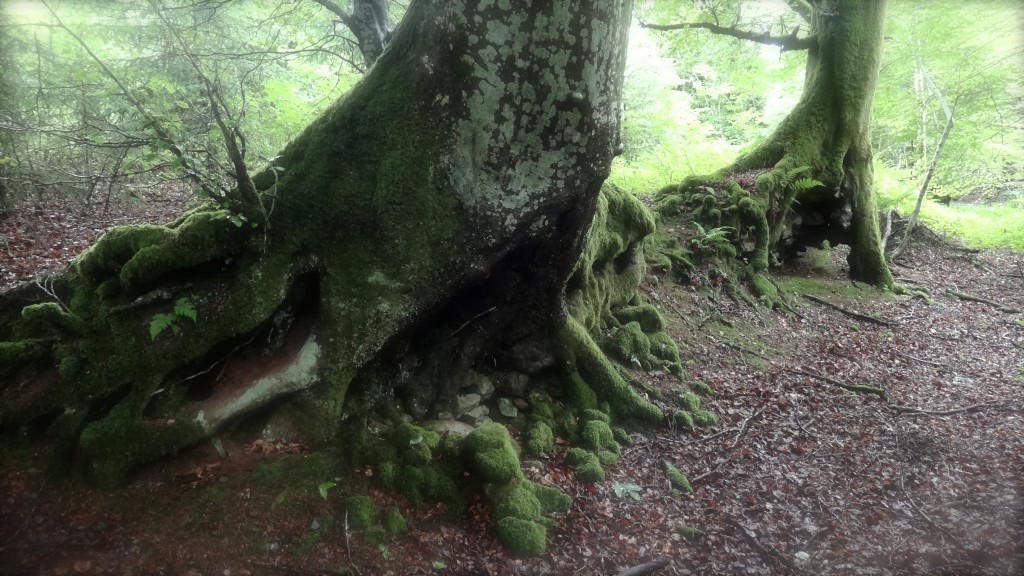
The heart of the forest is a magical place,
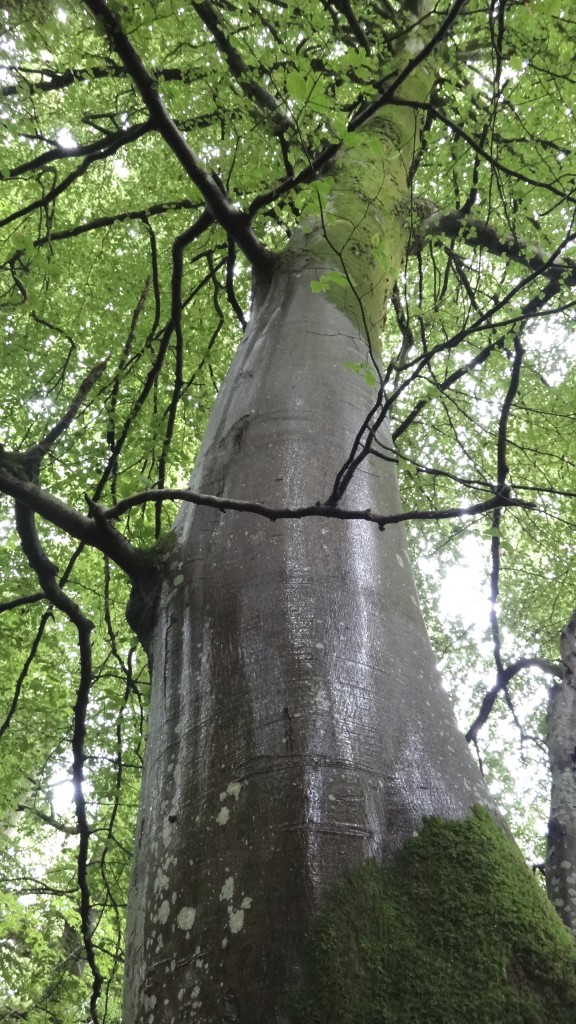
populated by towering Ents gripping the forest floor,
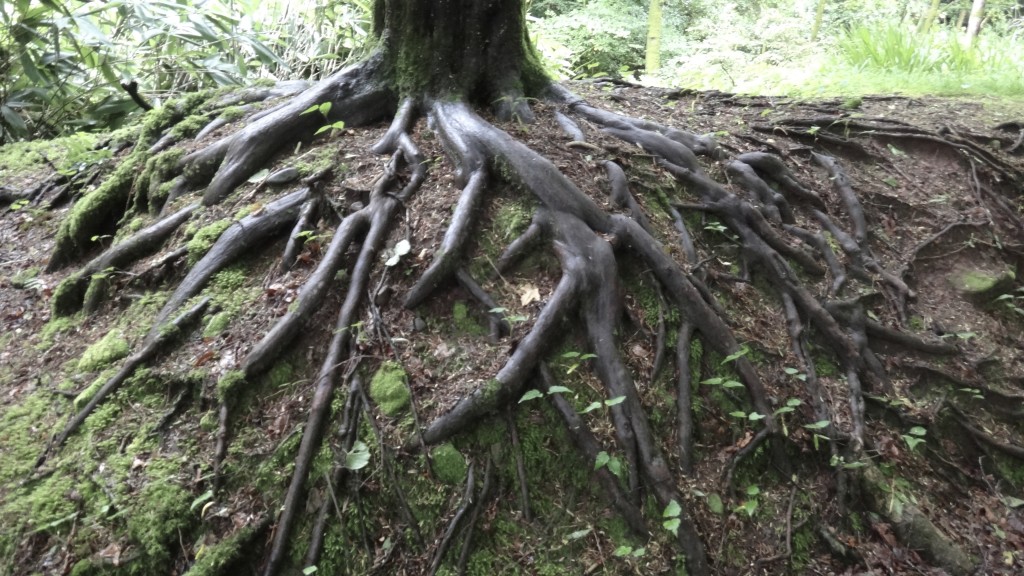
and shy sphagnum moss sprites

that dance lightly on the hummocky mounds.
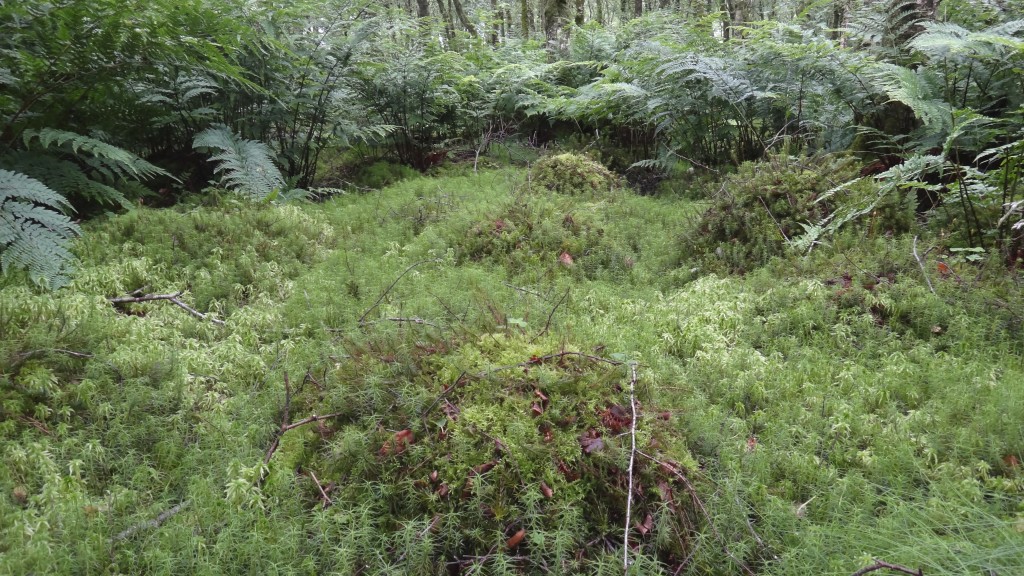
These mossy areas will quickly fill up an unacquainted visitor’s boots as the surface covering of mosses can be very thin, hiding a treacherous ooze below.
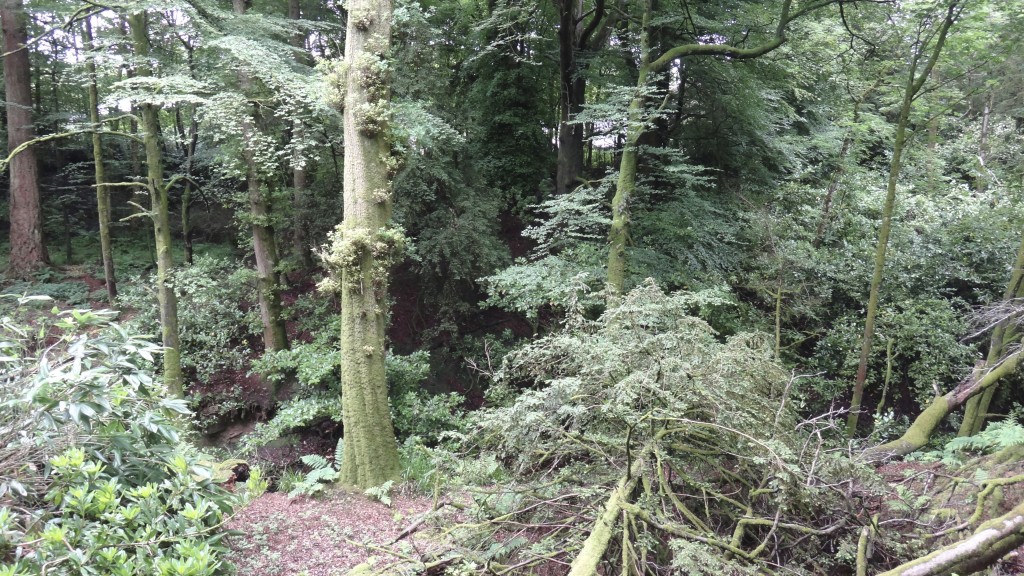
A few more twists and turns and I found what I was looking for,

Kirkconnel church and graveyard.
Having a propensity for all things Gothic this secluded and melancholic place sparked my imagination as a child as it still does today.

Shrouded by the forest, remote and completely overgrown, the angled gravestones are straight out of a Harry Potter scene.

The history of this little churchyard with its ruined medieval church and its Latin cross is clouded by myth and the absence of documentary records during the troubled centuries between the departure of the Romans in the fourth century and the peace that followed.
Kirkconnel church first comes on record in 1191.
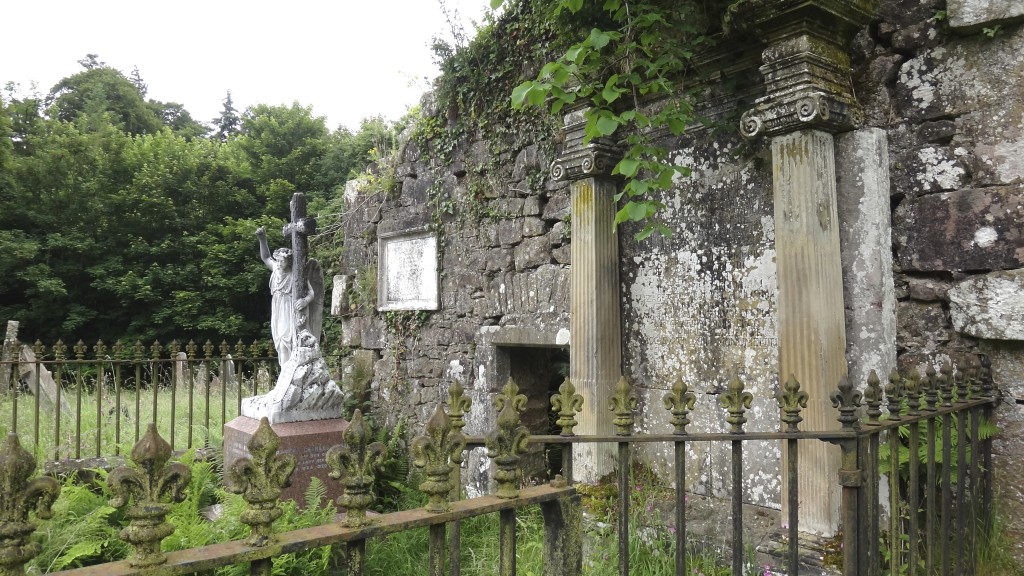
The gravestones in the churchyard are in the tradition of the days when reading and writing was virtually unknown.
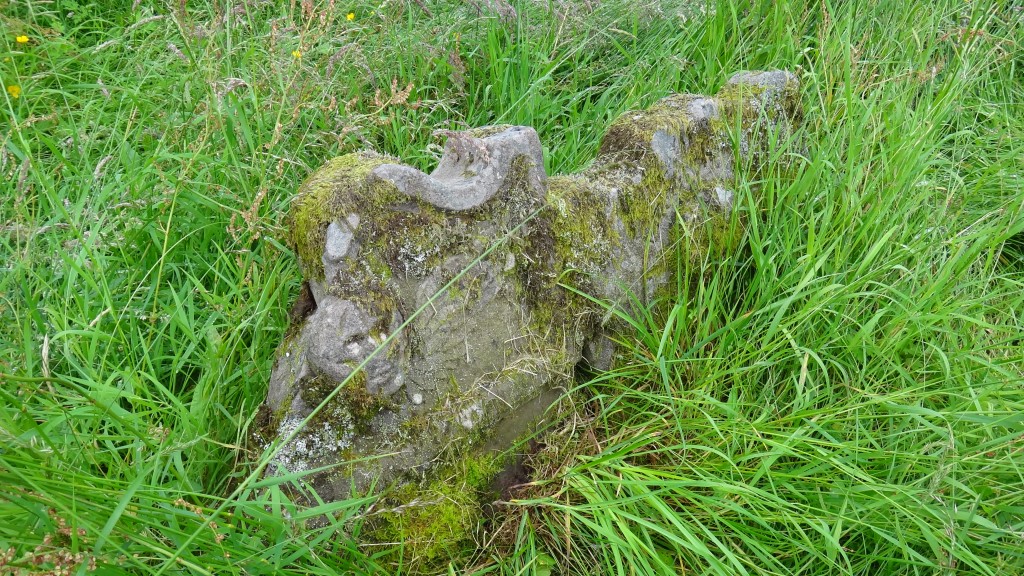
Many simply show skull and bones whilst others show a carved hour glass indicating that for someone the sands of time now stand still.
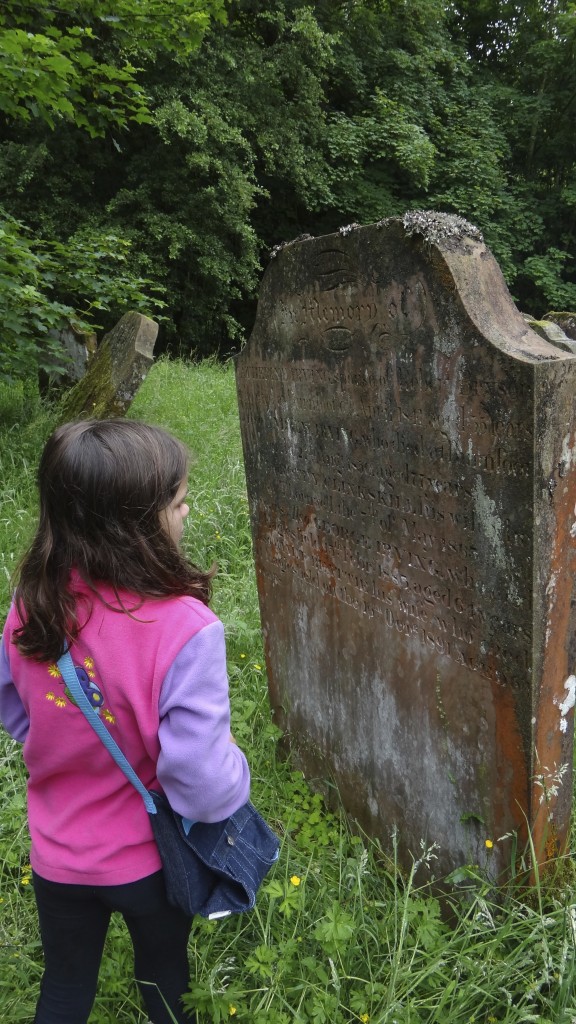
After a brief pause for some corned beef sandwiches and ploughman’s pickle we left the little graveyard behind and continued through the forest.

We walked past a lot of these invasive wild rhododendrons
Rhododendron ponticum
that were peaking during our stay.
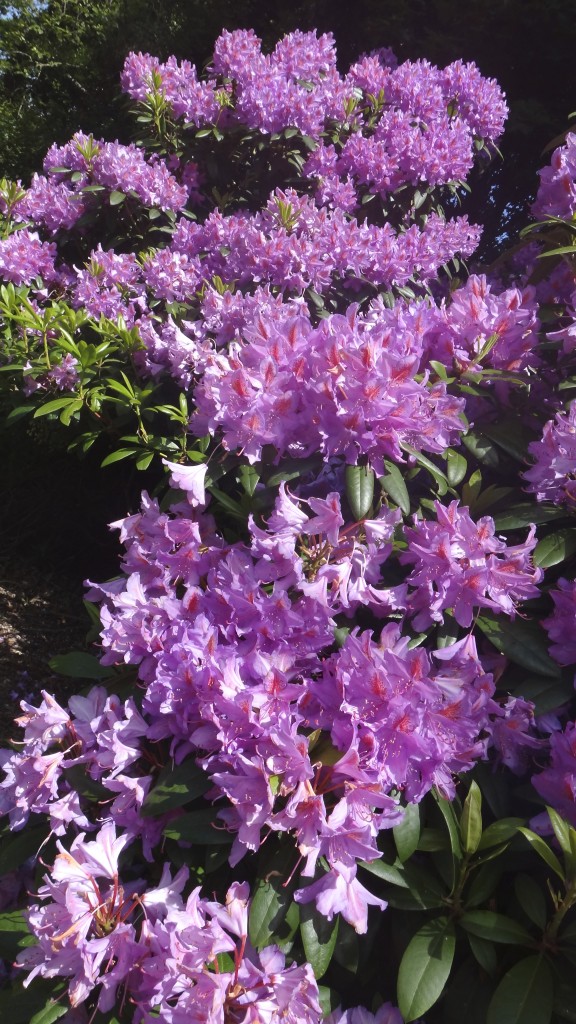
Root suckering, together with its abundant seed production has put this shrub on the invasive list.
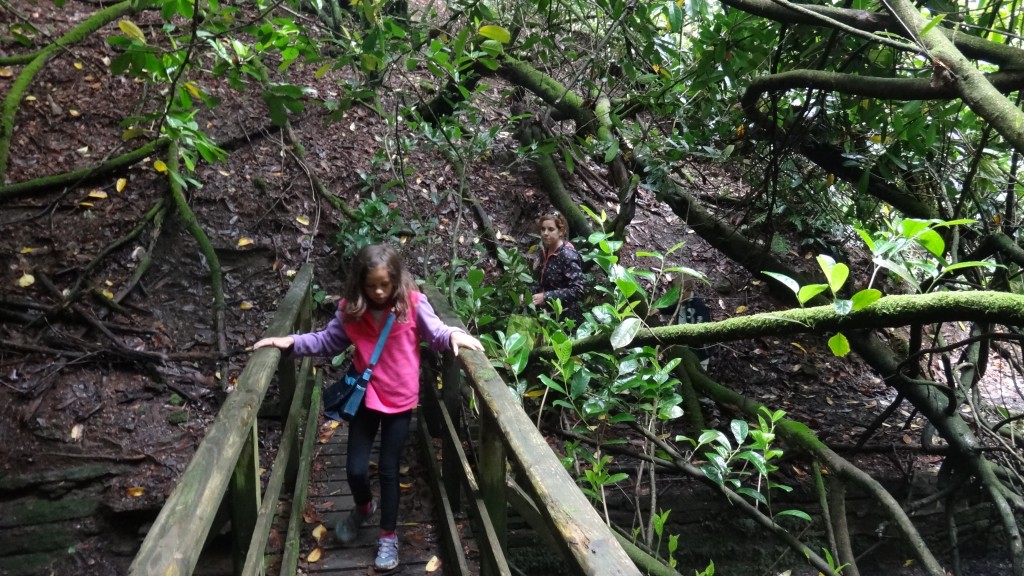
“Rhodie-bashing” or Rhododendron control, is a key element in nature conservation in the worst infected areas where it is crowding out the native flora.
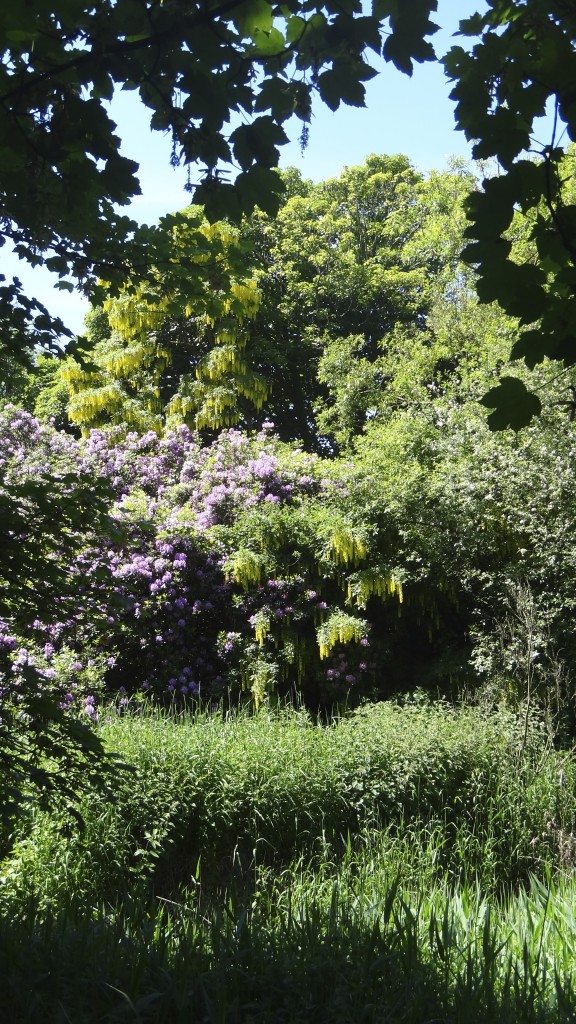
Here is another one weaving its way through the lower canopy of a Laburnum,
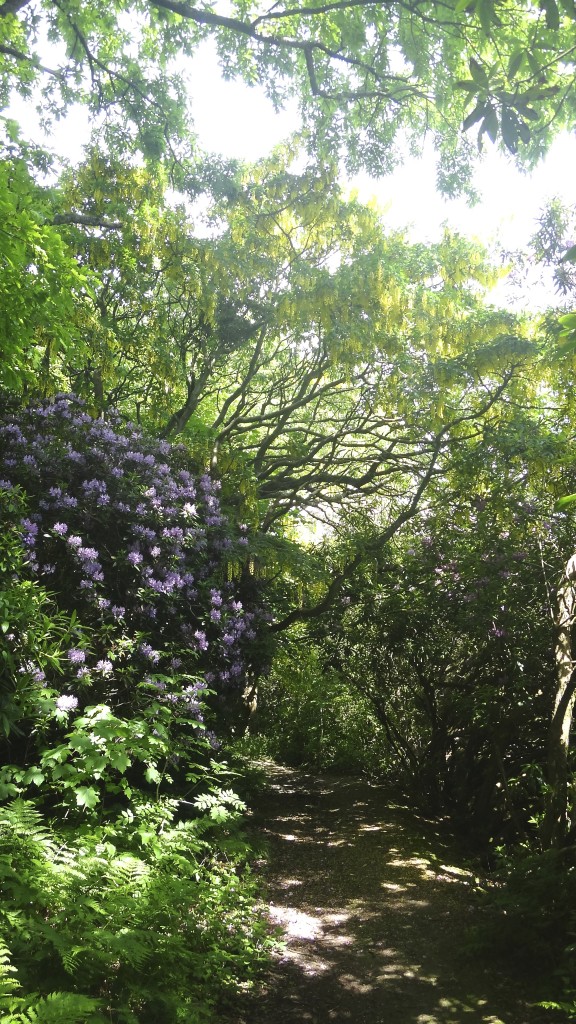
the hanging yellow flowers on the tree are responsible for the old poetic name ‘golden chain tree’,

when trained it can provide some very dramatic effects.
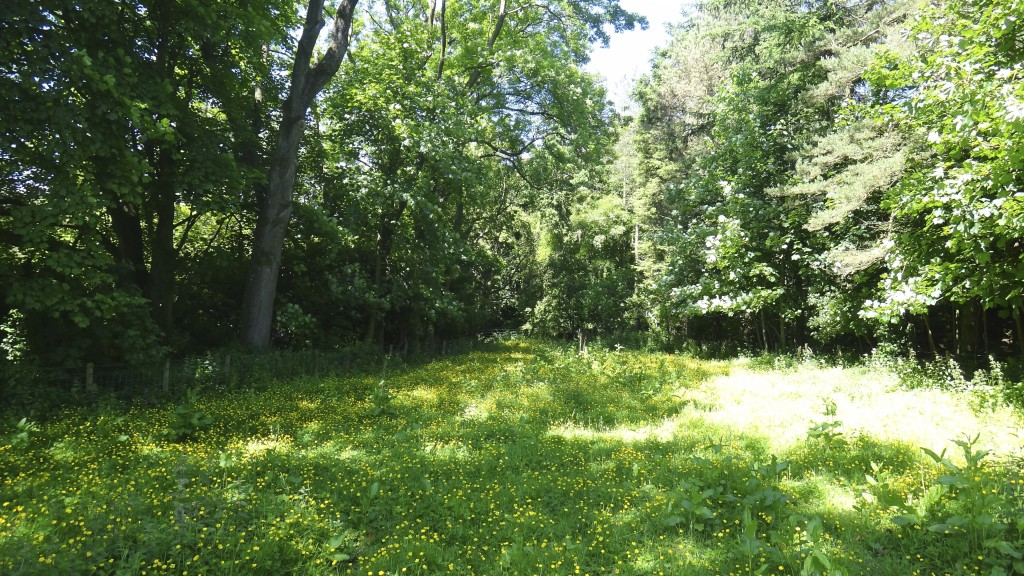
Running alongside the woods were meadows full of wild flowers.
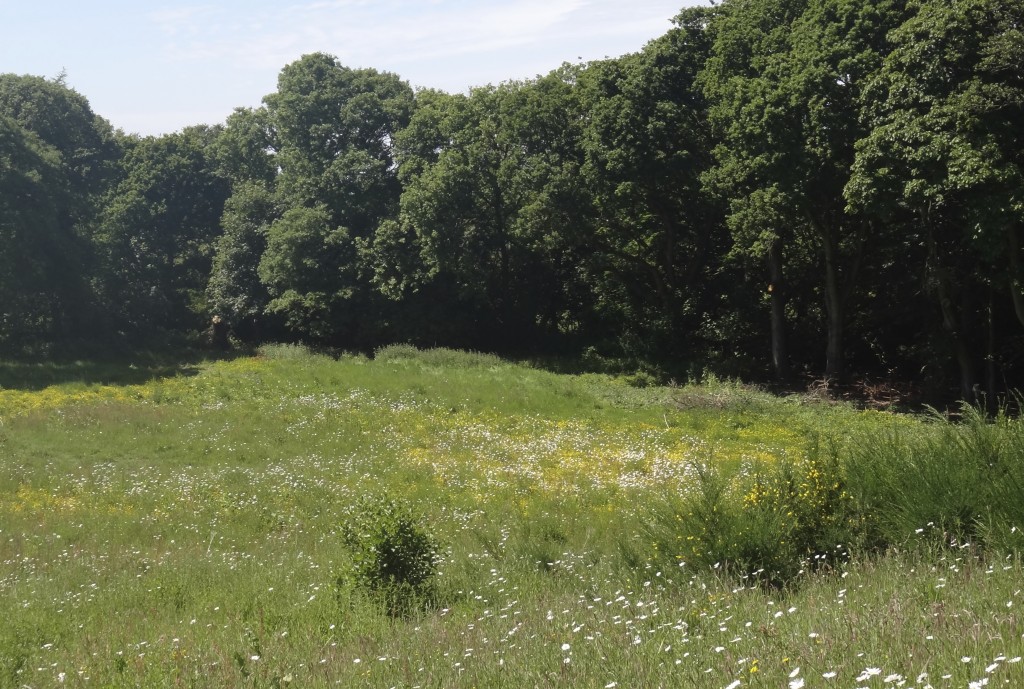
Dog daisies,
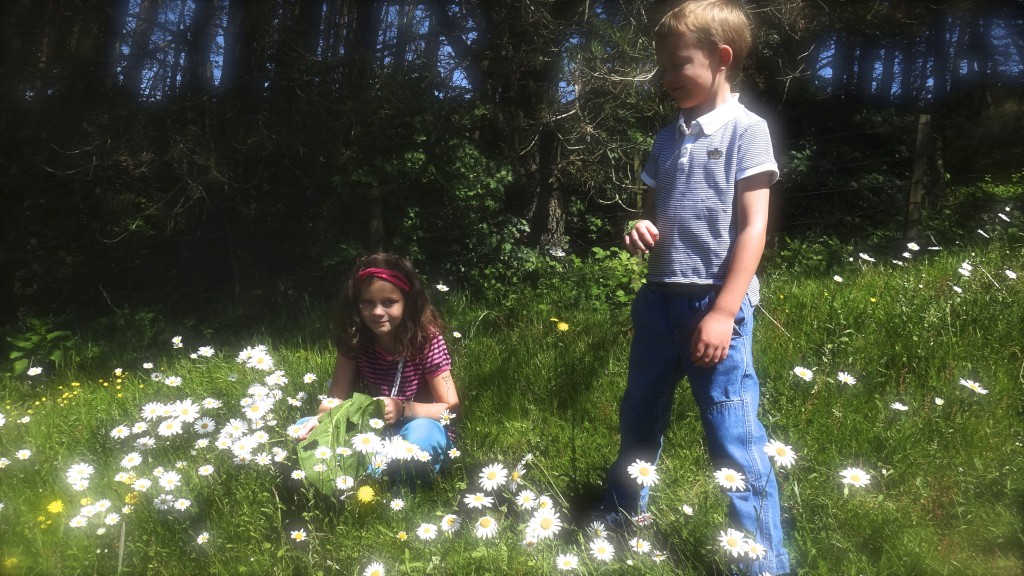
dandelions, a few Scottish thistles, and lots and lots of
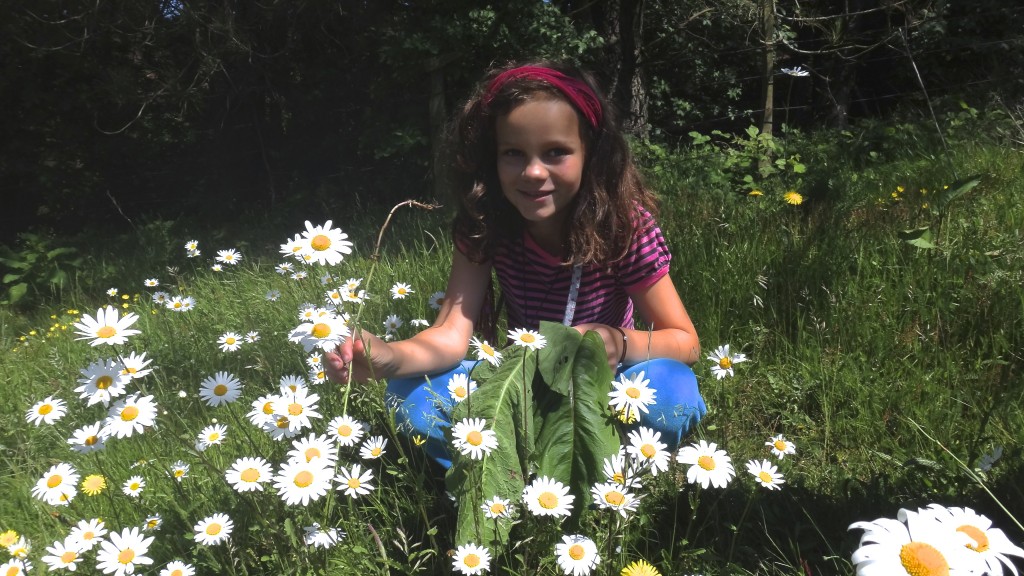
spit!
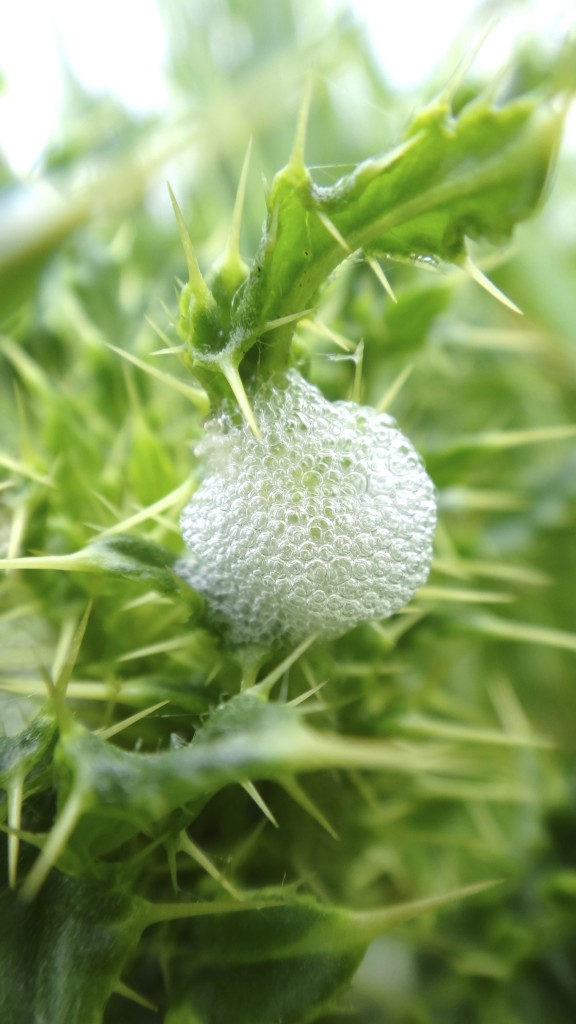
These frothy areas on foliage are a protection for the froghopper nymph.
Carefully remove the bubbles and you can find him.
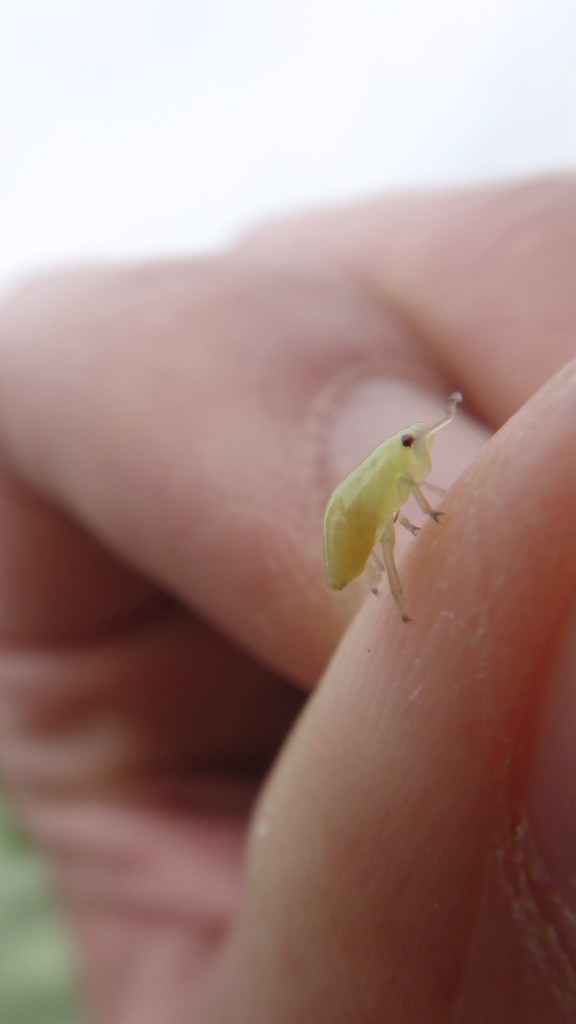
“I’m all exposed, I’m all exposed!”
And here is what it matures into:
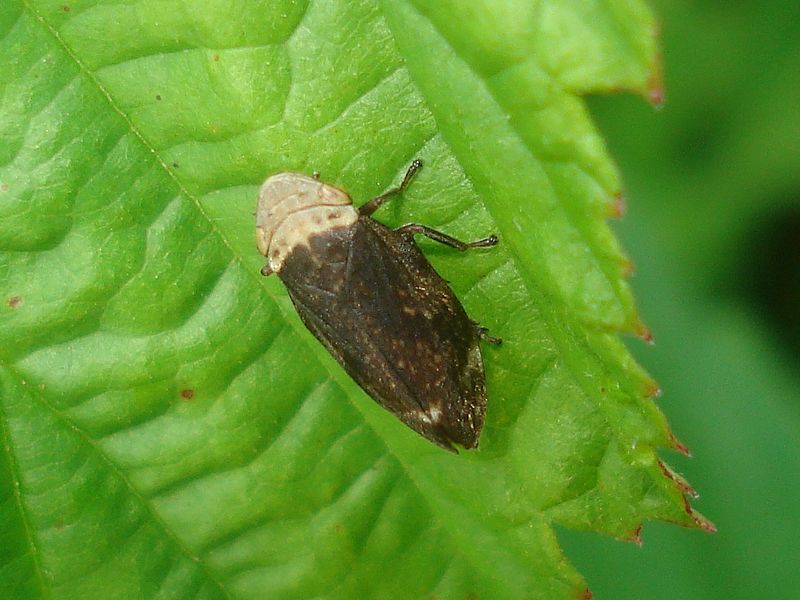
The common meadow froghopper,
Philaenus spumarius
It has recently been discovered that this froghopper is a world class jumper (up to 70 cm into the air) beating the the flea. What makes this even more impressive is that the froghopper is much much heavier. The back legs are so well-developed that the initial stages of the jump a G-force of over 400 gravities is generated.

Along with the spit there were the slugs,
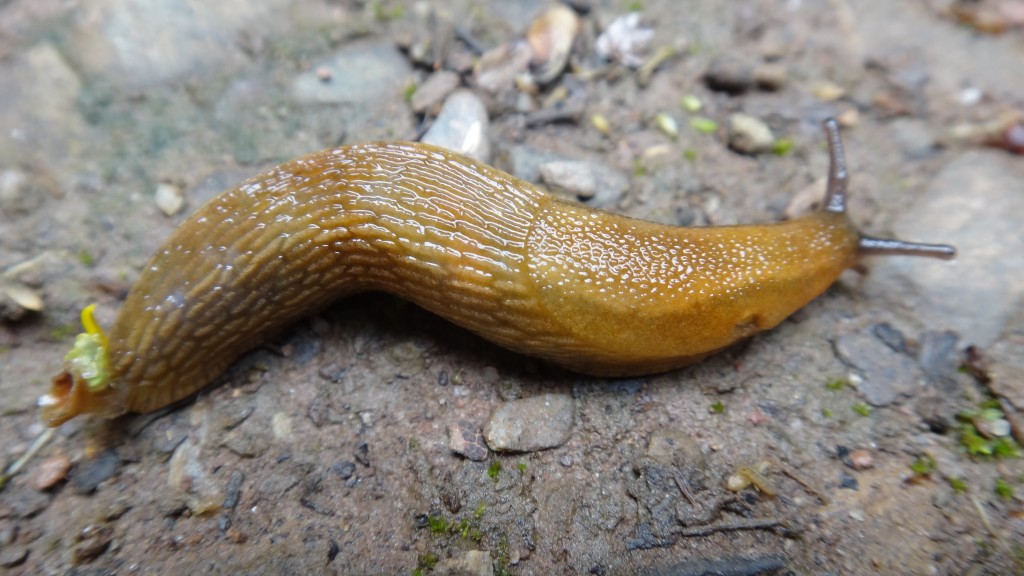
but I cannot bring myself to write about those.

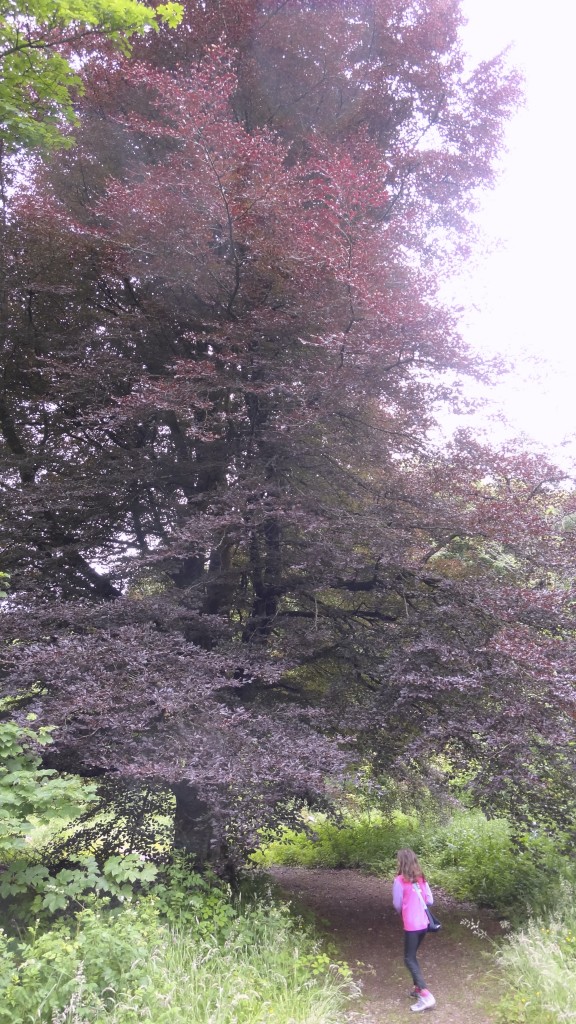
On exiting the forest we passed some very impressive copper beach trees,
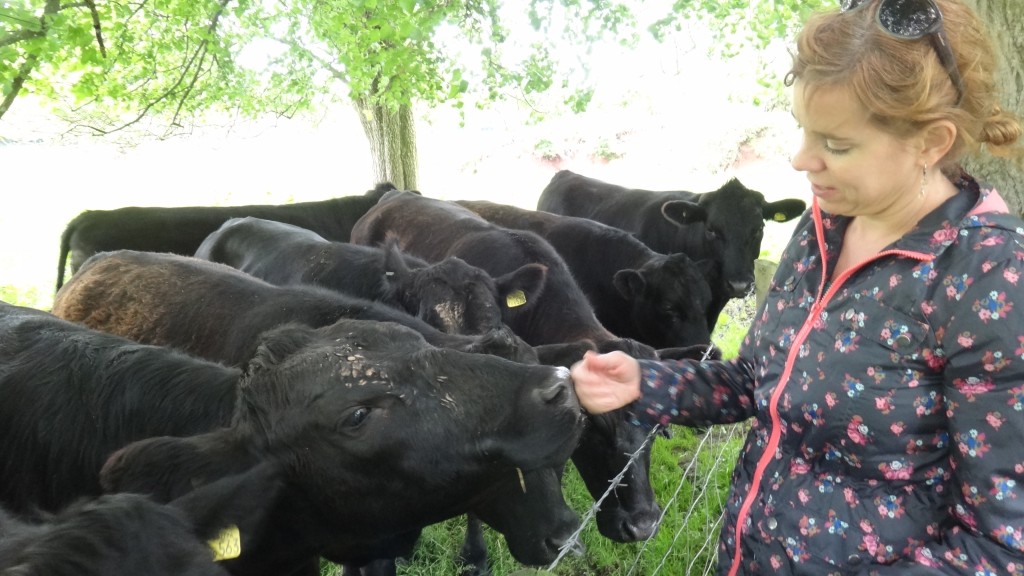
and were met by a herd of inquisitive cows who enjoyed licking the chip-salt from our lunch fingers.
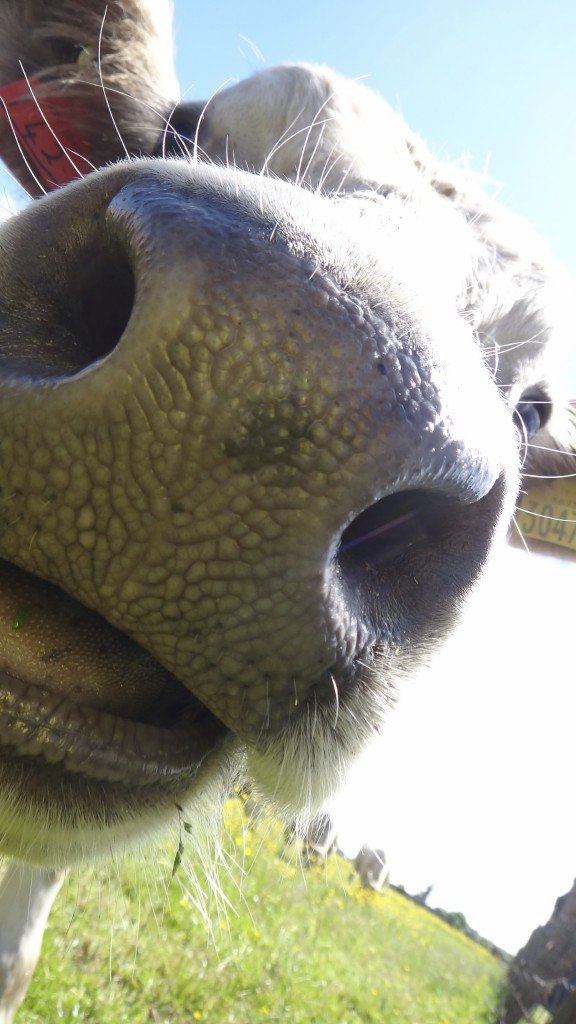
Back in civilization the fragrance on this roadside clematis
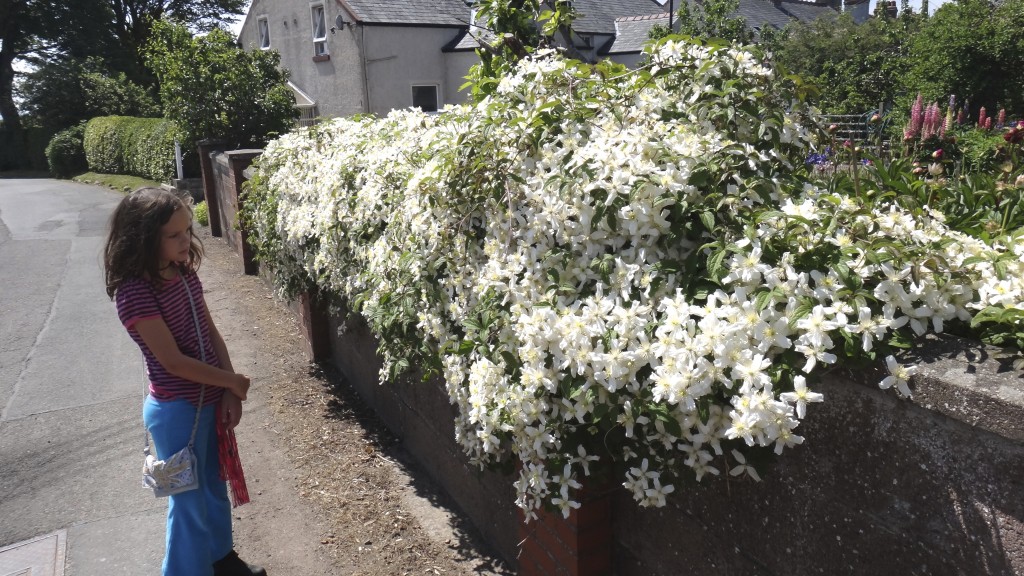
filled up the surrounding area.
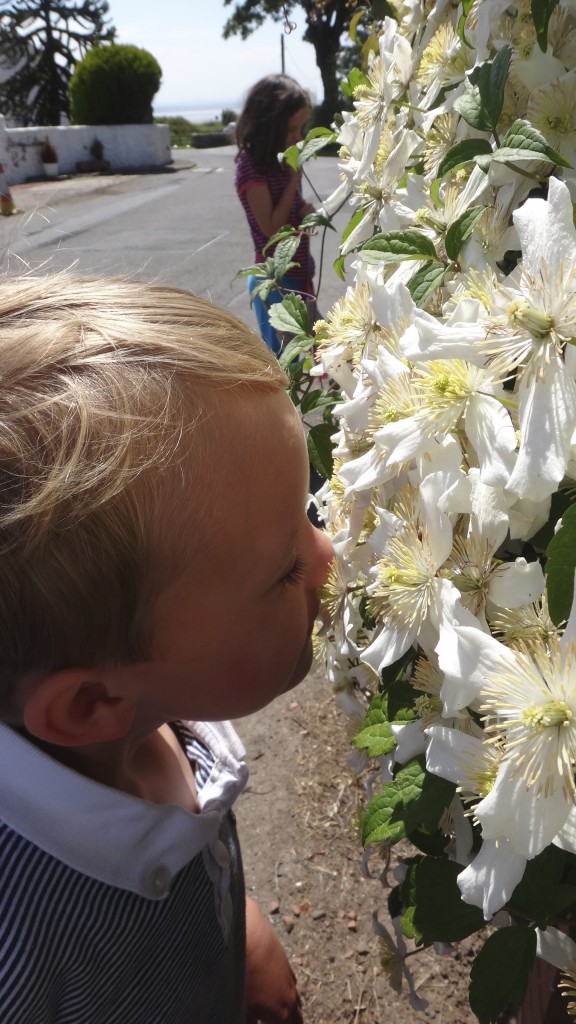
We walked past dry stone walls that are a common feature in the area.
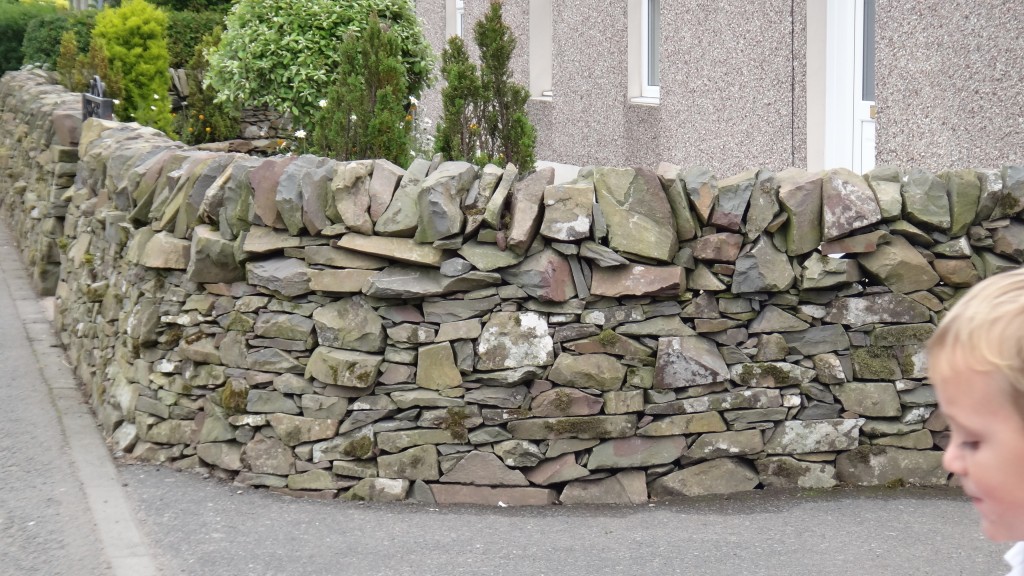
Many of them had pockets of small succulents emerging from between the stones.
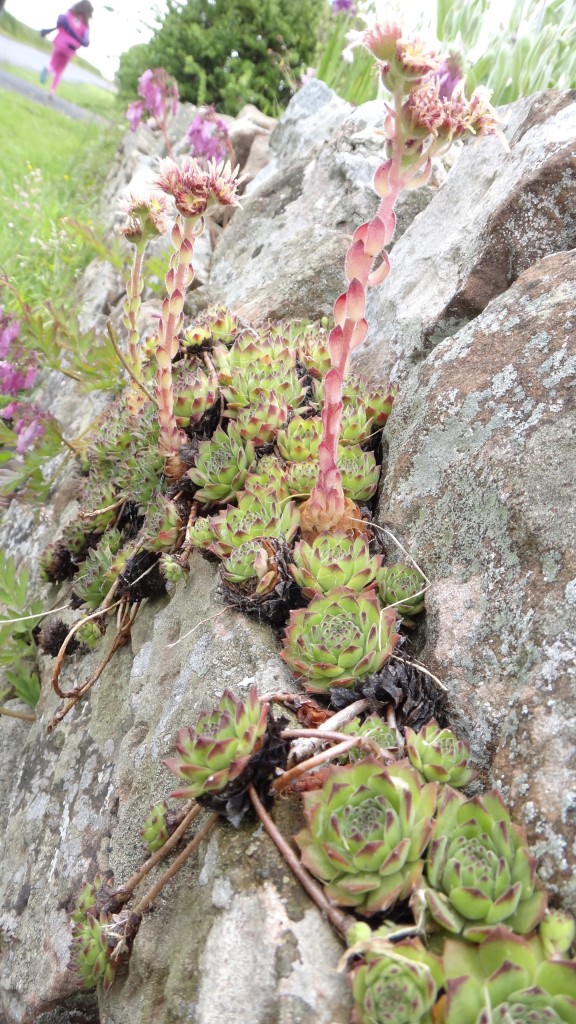
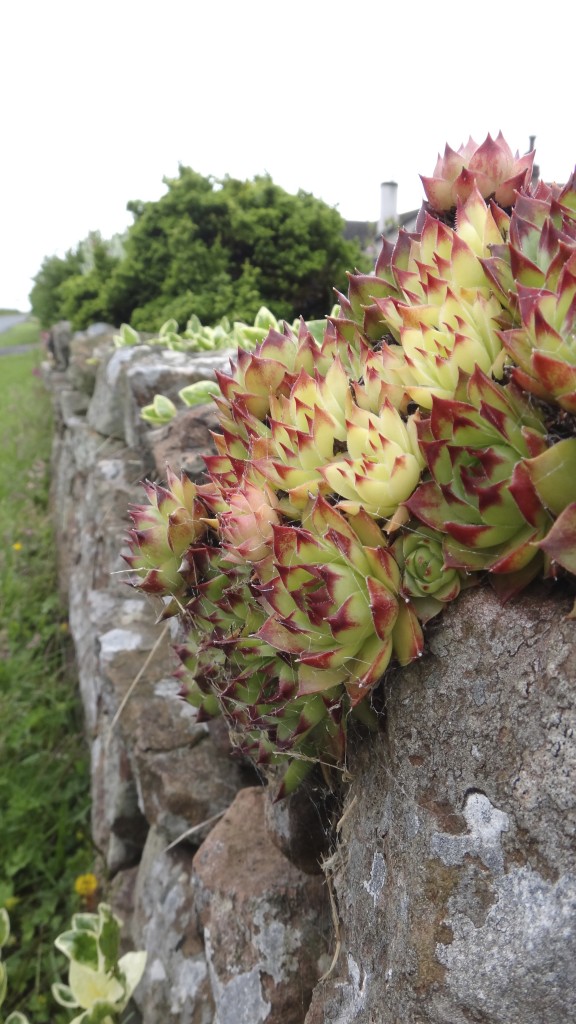
Finally:
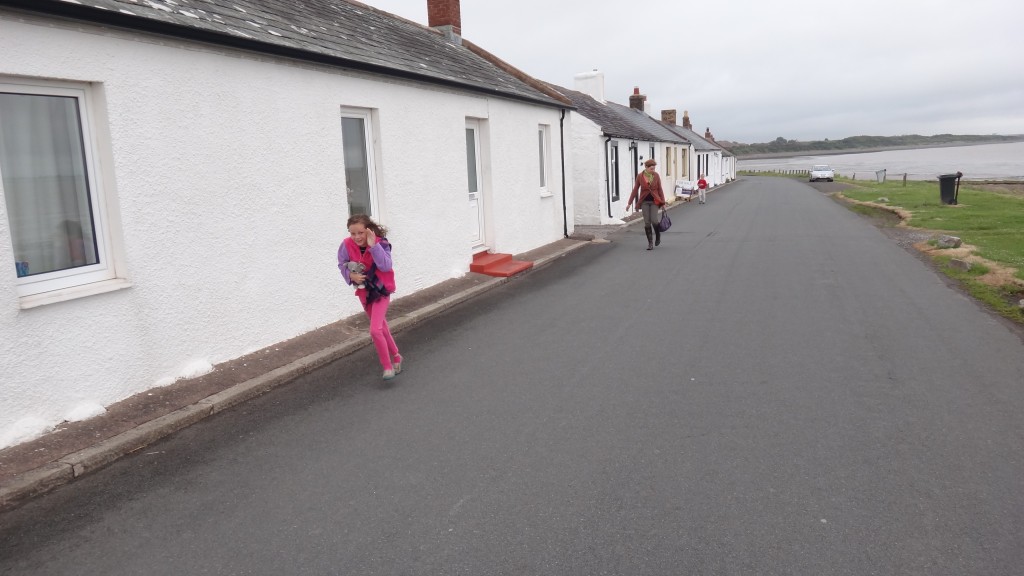
All this rambling around the countryside had generated quite a thirst so before retuning to our cottage we dropped into the only watering hole for miles around…
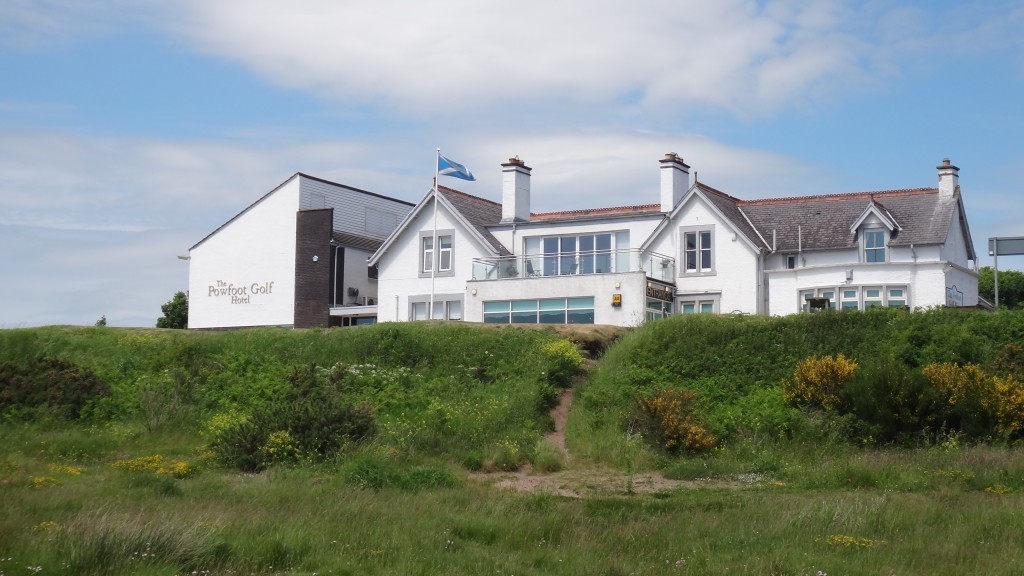
…for some of the best ‘Best’,

…and a basket of
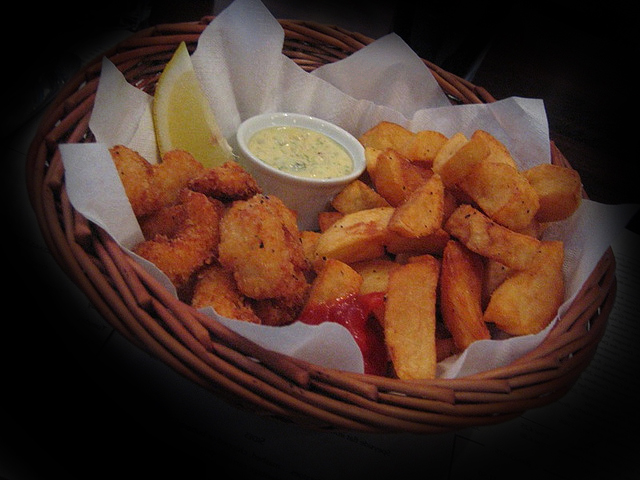
Then it was back to the cottage to play our latest obsession:

Stay Tuned for:
“Journey to the Highlands”
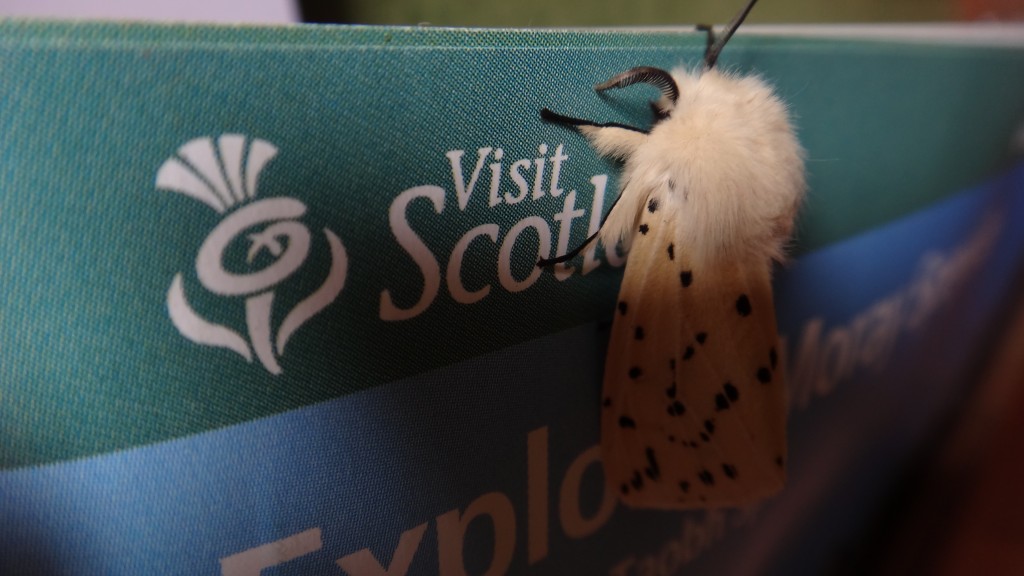
All material © 2013 for eastsidepatch. Unauthorized
intergalactic reproduction strictly prohibited, and
punishable by late (and extremely unpleasant)
14th century planet Earth techniques.
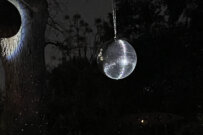





























































Comments on this entry are closed.
Well, NOW I know why you hadn’t posted in awhile! It is always fun to travel vicariously with you. (I could never be on an airplane that long) What a gift you are giving your children. Thanks for sharing with us!
Hi Cheryl and yes, there was little or no WiFi connection where we were staying in Powfoot hence why things went quiet for a while. The journey, as always was very long, but the halflings did great even when jet-lagged. One of the best airline quotes from my son: “Why do all the main dishes have to taste bad?”
What an absolutely cool and interesting vacation! I normally skip reading about other folks’ vacations, but yours was wonderful. I wish I could go to Scotland.
Hi Laura, thanks for dropping in and I am happy you found our escapades entertaining. Scotland was a really nice break from the heat, it was great to see family again.
Time to renew the ol’ passport and start saving my money!
Hi Lori.
You should, but the question is, do you have a large enough suitcase to carry all your shoes?
Looks as though you had a wonderful time and the place all to yourselves. No huge spiders in the cottage this time? Welcome back to sunny Texas!
We did Jenny and you remembered about those spiders! It was very quiet up there we did not see many people at all…more seagulls than people.
Jeeeeeeeealous!
:————–)
Great story and pictures. Clogging through the brush and no worries of snakes, it had to be wonderful.
Did the rhododendrons get started with the nursery trade?
Thanks Bob, yes only adders and grass snakes and those are extremely rare.
The first rhods were collected, classified, named, cultivated, and offered for sale in the mid-1600s.
The common purple rhododendron known as Rhododendron ponticum featured in this post was very popular with the Victorians who planted it, well, basically everywhere. R. ponticum comes from Turkey and is known as a species rhododendron which means it is the original type and not a cross. The species rhododendrons from the Himalayas are much admired by rhododendron enthusiasts and often have more interesting leaves, flowers and bark.
Entertaining post! Beautiful images. Thanks for taking us along.
Gail
Thanks Gail.
Adding Scotland to my “vacation places I want to go” list. I can go visit the Falkirk Wheel, too!